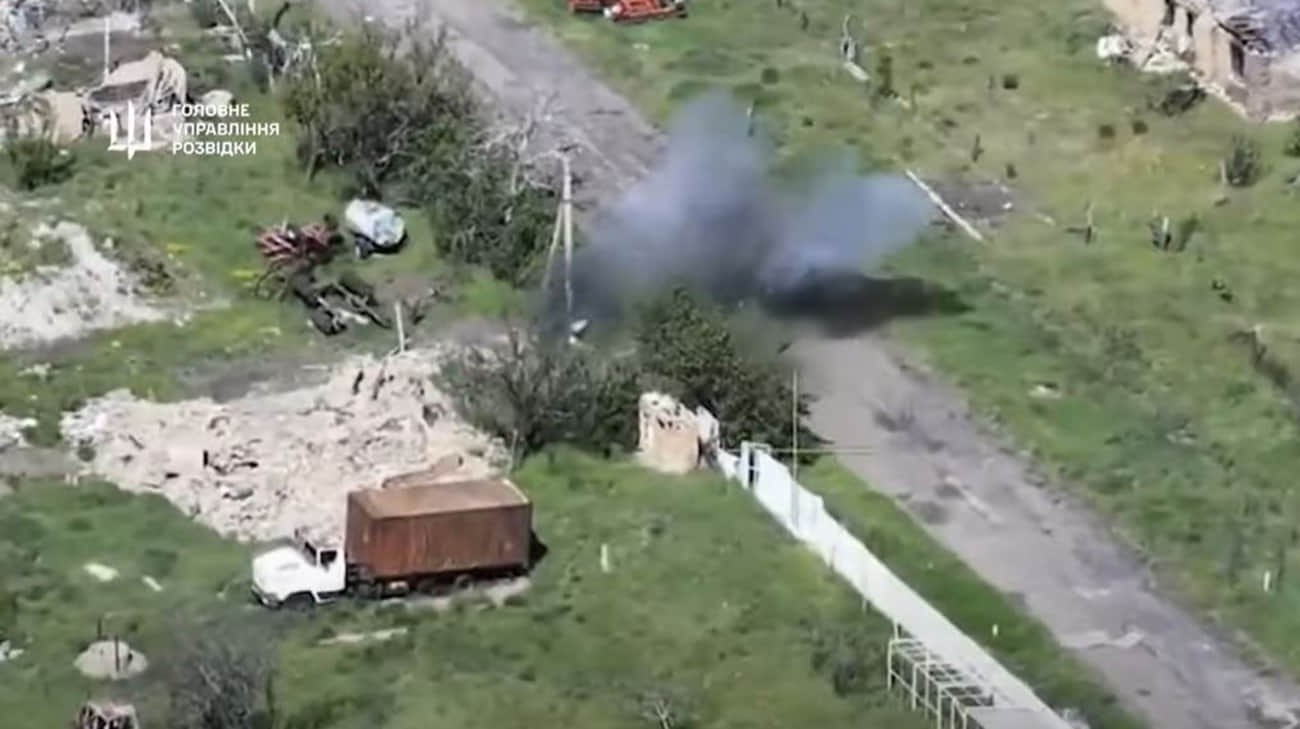« Turkish Stream » can slow the EU separation with Russian gas

The European Commission has announced a revised roadmap for full separation with Russian energy by the end of 2027, but some parts of Europe are moving in the opposite direction.
Sales of Russian liquefied natural gas (LNG) on the continent are actually increasing, and gas supplies on the Turkish Stream pipeline not only survived but also expanded.
- It is true that the export of Russian gas on pipelines to the European Union has fallen sharply since the beginning of the war in Ukraine – from over 155 billion cubic meters in 2021 to below 40 billion cubic meters in 2024.
- But during the same period, sales of Russian liquefied natural gas for the EU almost doubled to about 25 billion cubic meters
- France, Belgium, Spain and the Netherlands buy over 90% of volumes
- The ban on overloading Russian liquefied natural gas through EU ports actually stimulates direct space for gas purchases.
This tendency should be requested according to the new EU road map, as it urges Member States to develop detailed national plans to gradually eliminate Russian gas over the next two and a half years. However, the Commission does not provide a clear legal framework for the implementation of these objectives.
Kremlin’s profits of fertilizers are a blind spot in EU sanctions
Meanwhile, the Turkish Stream gas pipeline, which passes under the Black Sea to Turkey and then to Southeastern Europe, represents all the remaining exports of the Russian energy giant Gazprom in pipelines for the block. In the first quarter of 2025, volumes through the European Turkish Stream section increased by 16% on an annual basis to about 4.5 billion cubic meters due to higher demand in Hungary and Slovakia.
| От пускането на « Турски поток » в експлоатация над 63 млрд. куб.м руски газ са достигнали до ЕС, генерирайки над €20 млрд. ($22.72 млрд.) за « Газпром », като същевременно доставя газ на Гърция, България, Сърбия, Румъния, Молдова, Северна Македония, Босна, Унгария и Словакия. |

- In 2025, Hungary emerged as a leading importer, with Russian gas imports being expected to increase to about 8 billion cubic meters compared to 6 billion cubic meters in 2023.
- Slovakia, which previously received Russian gas through Ukraine, began importing from Turkish Stream, facilitated by the expansion of the cross -border transit capacity of Hungary from 2.6 to 3.5 billion cubic meters per year.
- The State Gas Supplier to Slovakia, SPP, confirmed in March 2025 that it would expand its long -term contract with Gazprom, valid until 2034.
These streams move from great discounts of Gazprom. Based on EU data based on customs reports, Russian pipes on pipelines sold to EU buyers through Turkish Stream in 2024 was with 13-15% cheaper of alternative options.
Alternative
There are alternative gas supply options. The export of liquefied natural gas (LNG) from the United States will increase by 15% in 2025, adding 22.5 billion cubic meters – enough to replace Russian gas by pipelines and reduce US trade deficit by up to $ 10 billion a year. This export can reach the liquefied natural gas terminals in Turkey, Greece, Croatia and Italy, and then pass through Central and Eastern Europe (CEE) through interconnection with a capacity of over 30 billion cubic meters per year.
| However, the transfer of over dependence from one supplier to another can be risky at a time when US leadership becomes less reliable. In addition, US exporters of liquefied natural gas charge Europe more than North American buyers and require 20-25-year-old contracts, which is contrary to EU objectives for decarbonisation. |
The governments of the CEE countries, in particular Hungary and Slovakia, opposed the gradual suspension of Russian gas, claiming that this would dramatically increase energy costs and undermine Europe’s competitiveness. However, the more careful view of the market differences and financial statements of gas companies shows that The discount on the price of Russian gas does not reach consumers, and instead targets suppliers associated with GazpromS

To encourage this process of supply diversification, EU could immediately disable spot purchases of gasSince they do not require changes in long -term gas contracts. The deadlines for the gradual removal of the entire import of Russian gas into the road map could be drawn forward in time until the end of 2025, and the EU could make the goal binding.
This process could trigger the so -called. Clauses for force majeure in Gazprom’s long -term treaties, although legal experts warn that the court may not accept the argument. However, a better strategy may be to claim that large-scale geopolitical changes since 2022 are forcing companies to renegotiate or cancel their contracts.
- In order to avoid difficulties, the European Commission’s roadmap is committed to helping coordinate the import of liquefied natural gas, to strengthen the mechanism of aggregation of gas demand and to use more efficiently interconnectionto reach the countries without access to the sea.
- EU also wants to oblige Member States to introduce a certification and tracking system of the origin of the gasby requiring all suppliers to disclose the source of the Gaza entering the EU and to ban Russian gas supplies.
If the EU is serious about true separation from Russian energy, then the Turkish Stream must be addressed. The block must also rethink energy security in order to avoid excessive dependence on any power. The new roadmap gives Brussels the legal and political instruments of action, but without political determination, the dependence can continue quietly.







